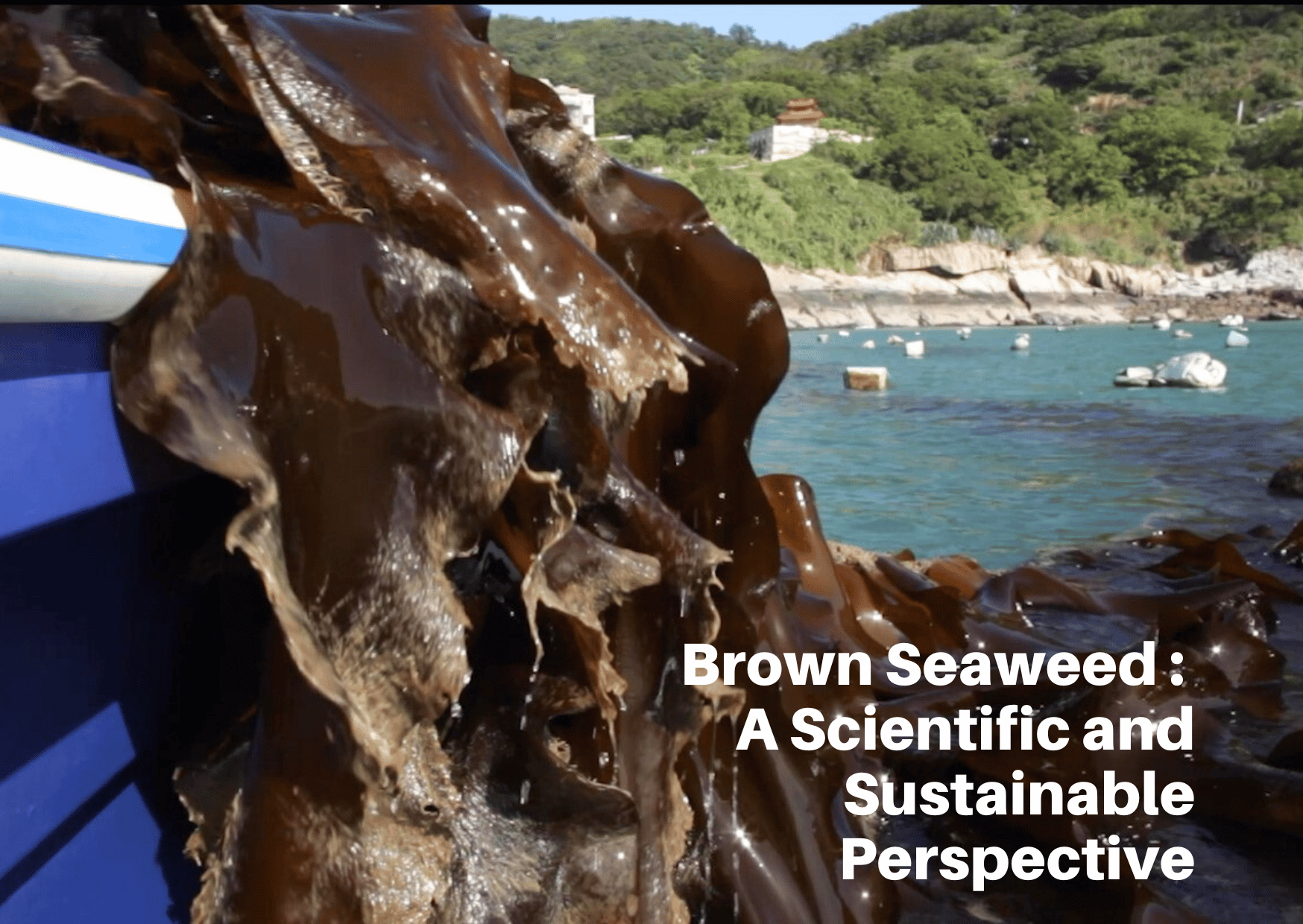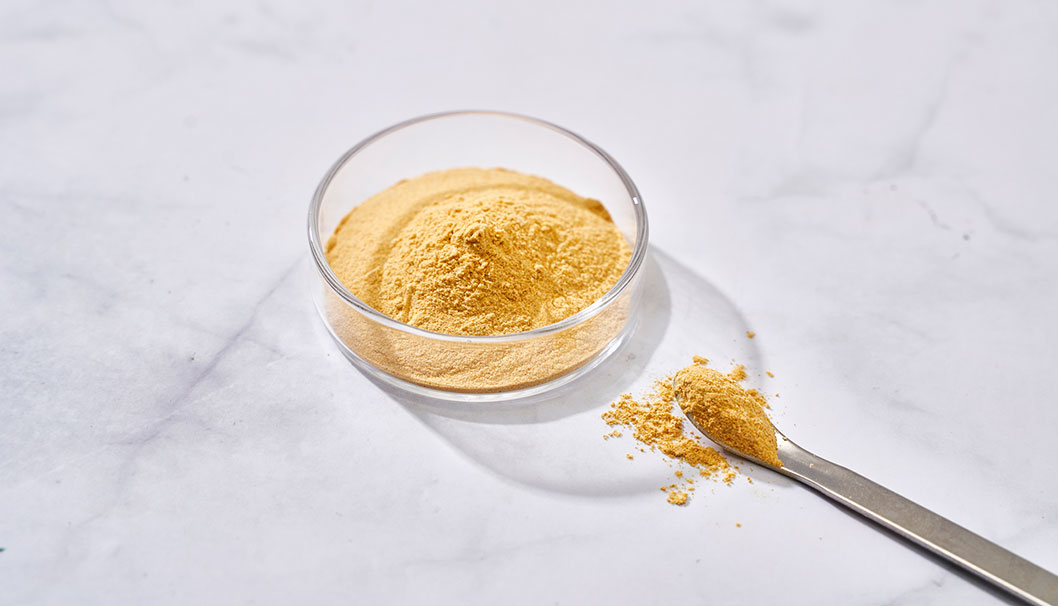Brown Seaweed: A Scientific and Sustainable Perspective

Brown seaweed, a type of macroalgae found primarily in colder, nutrient-dense marine environments, is increasingly recognized for its nutritional, medicinal, and environmental benefits. Scientifically classified under the Phaeophyceae class, brown seaweeds are unique for their brownish hue, which results from the dominance of fucoxanthin—a carotenoid pigment that enables efficient light absorption in deep-sea environments and provides various health benefits. This report explores the scientific properties, classification, common species, applications, and sustainable cultivation practices of brown seaweed.
1. Introduction to Brown Seaweed
The Phaeophyceae class comprises an estimated 2,000 species, with sizes ranging from microscopic forms to large kelps that can grow several meters in length. Brown seaweed typically thrives in intertidal and subtidal zones, attaching itself to rocks and other substrates. It plays a crucial role in marine ecosystems, providing shelter and food for a variety of marine species.
2. Scientific Background
Brown seaweed is highly valued for its bioactive compounds, including polysaccharides (like alginate, fucoidan, and laminarin), polyphenols, vitamins, and minerals. Fucoidan, in particular, has gained attention for its potential health benefits, including immune support, anti-inflammatory effects, and even anti-tumor properties, which have been studied in various preclinical and clinical settings. Alginate, another key polysaccharide, is widely used in food, pharmaceuticals, and industrial applications for its gelling and thickening properties.
3. Classification and Common Species
The Phaeophyceae class is divided into several orders, such as Laminariales (kelps), Fucales (rockweeds), and Dictyotales. Some of the most well-known brown seaweeds include:
- Laminaria japonica: Known for its high content of iodine and fucoidan, Laminaria japonica is widely used in health supplements, cosmetics, and as a functional food ingredient.
- Undaria pinnatifida (Wakame): Frequently consumed as a food in East Asian cuisines, Wakame is rich in omega-3 fatty acids and fucoxanthin.
- Fucus vesiculosus (Bladderwrack): Commonly found in the North Atlantic, bladderwrack is used for its alginates and is also valued in traditional medicine.
- Laminaria digitata: Another well-known kelp species, Laminaria digitata is rich in minerals, alginate, and fucoidan. It is highly sought after in the beauty and wellness industries for its hydrating and anti-aging properties and is often used in skincare formulations to improve skin elasticity and hydration.
4. Applications
Brown seaweed has a wide range of applications across multiple industries:
- Nutraceuticals and Supplements: The rich profile of fucoidan, laminarin, and minerals makes brown seaweed a popular choice in dietary supplements, particularly for immune support and digestive health.
- Cosmetics: Brown seaweed extracts, such as fucoidan and alginates, are prized in skincare for their hydrating, anti-aging, and photoprotective properties. Laminaria digitata, in particular, is known for its moisturizing benefits and is widely used in anti-aging products.
- Food Industry: As a thickening and stabilizing agent, alginate is widely used in foods like ice creams, jellies, and sauces.
- Agriculture and Biostimulants: Extracts from brown seaweed are used as biostimulants to improve plant growth and resilience, owing to the polysaccharides and micronutrients they contain.
5. Sustainable Cultivation Practices
The global demand for brown seaweed is growing, driving innovation in sustainable aquaculture practices. Brown seaweed can be cultivated without pesticides, fertilizers, or freshwater, making it an environmentally friendly crop. Sustainable seaweed farming helps sequester carbon dioxide, supports biodiversity, and reduces ocean acidification, aligning well with the principles of the Blue Economy. Many seaweed farms have established partnerships with local fishing communities to ensure both economic and environmental benefits, promoting responsible marine stewardship.





